Big Data Requires Strong Relationships to Improve Farming
To influence water and food systems, the data revolution needs more than billions of bits. Brett Walton analyzes the lessons from last week’s Water for Food Global Conference.
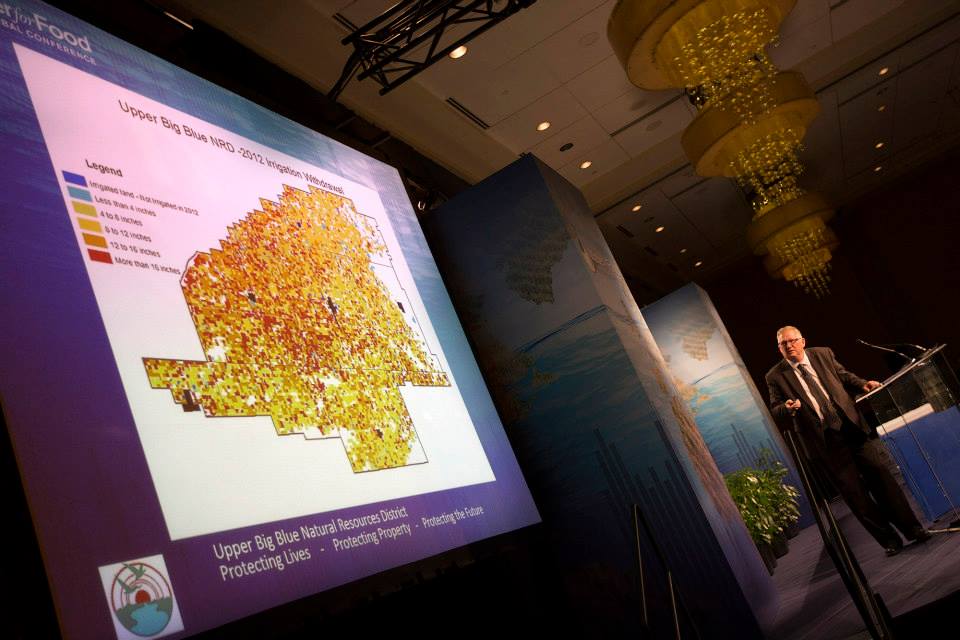
BELLEVUE, Washington — As the data disciples tell it, man’s ability to crunch ever-larger packets of numbers will lead to nothing less than a new Green Revolution for agriculture. Farmers, they say, will grow more food, bank higher profits, use less water, and reduce energy consumption as more precise measurements produce better management.
Moderating that enthusiasm is a group of hard-headed realists who argue that faith in data omits an essential ingredient: the people who will use the information to yield fatter harvests. Without support from farmers, nonprofits, and government agencies, the realists argue, the numbers will remain dormant on the spreadsheet.
Both optimism and realism about the world’s prospects for feeding an additional 2.5 billion people by 2050 while minimizing environmental harm were in abundant supply at the sixth annual Water for Food Global Conference. Held October 19 to 22 in Bellevue, Washington, and hosted by the University of Nebraska’s Robert B. Daugherty Water for Food Institute, the event drew nearly 250 participants from 23 countries.
Data – both big and small – was the conference theme.
“The gaps may not always be in the data,” said Paul Hicks, the Central America coordinator for Catholic Relief Services’ Global Water Initiative, during a session at the conference. “The gap may be of the people who can manage the process and use data in the field.”
In Numbers We (Must Build) Trust
Big data is a trendy concept these days. The world’s growing array of sensors, mobile phones, and digital fingerprints is the latest font of enlightenment for the tech-savvy. The idea is that millions or billions of data flecks will reveal patterns hidden in the daily noise of life.
For water and food, the excitement is less about the bigness of data and more about using new tools to shine a light into a black box of knowledge.
Farm equipment today is so packed with technology that farmers can vary the application of fertilizer or water almost meter by meter, to cater to every plant’s needs. This smaller, field-by-field data puts the tools in the hands of an individual farmer. Networks of soil probes, for example, signal when the field needs to be watered. Text messages warn of an imminent storm so that the irrigation system can be shut off.
But big data is useful, as well. Information gathered from many locations helps to describe trends: using thousands of satellite pings, for instance, to map regional declines in groundwater reserves.
Regardless of scale, the evangelists are so energized because data – big or small – points toward solutions, Jeff Raikes told attendees of the conference. Raikes is former CEO of the Bill and Melinda Gates Foundation, which has given nearly $US 2 billion to improve food systems in South Asia and Sub-Saharan Africa.
The Human Touch
Data can certainly explain the world, but using data to change the world is often a leap that needs a human bridge. The connections need to spread in two directions, argued Ken Cassman, a University of Nebraska agronomist. Data has to travel up to policymakers to inform decisions about research and development and investment. Data also needs to spread downward to farmers, who will use it to decide when to plant and when to irrigate.
In both cases, relationships matter. Without identifying a trusted local manager, a “champion of change” to translate and advocate for the data’s potential, the numbers will rot on the vine, according to Jeremy Bird, director general of the International Water Management Institute.
“Big data will make a difference, but there are many intractable problems where we need a holistic approach,” Bird told Circle of Blue. “The core problems are not with the technology itself but in institutions, culture, and society.”
Without leadership, technical solutions shaped by good data are thwarted – occasionally with comedic juxtaposition. Bird showed the audience photos of automatic irrigation gates that have been installed across a canal in Egypt. The gates allow for more precise water deliveries, and they cut waste. The farmers, however, objected. They carved a bypass around the gate so that water would not be impeded.
The message that conference attendees learned was one of patience and communication.
“Let’s not simply be a hammer looking for a nail,” said Peter McCornick, deputy director general for research at the International Water Management Institute. “Let’s look at the nail first.”
Did you attend the Water for Food Global Conference, or have you attended a food conference recently elsewhere? Are you a farmer who uses data tools to monitor your crops? I want to hear from you. Contact Brett Walton or send a tweet to @waltonwater or just comment below.
–Brett, Circle of Blue reporter
Brett writes about agriculture, energy, infrastructure, and the politics and economics of water in the United States. He also writes the Federal Water Tap, Circle of Blue’s weekly digest of U.S. government water news. He is the winner of two Society of Environmental Journalists reporting awards, one of the top honors in American environmental journalism: first place for explanatory reporting for a series on septic system pollution in the United States(2016) and third place for beat reporting in a small market (2014). He received the Sierra Club’s Distinguished Service Award in 2018. Brett lives in Seattle, where he hikes the mountains and bakes pies. Contact Brett Walton


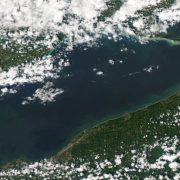

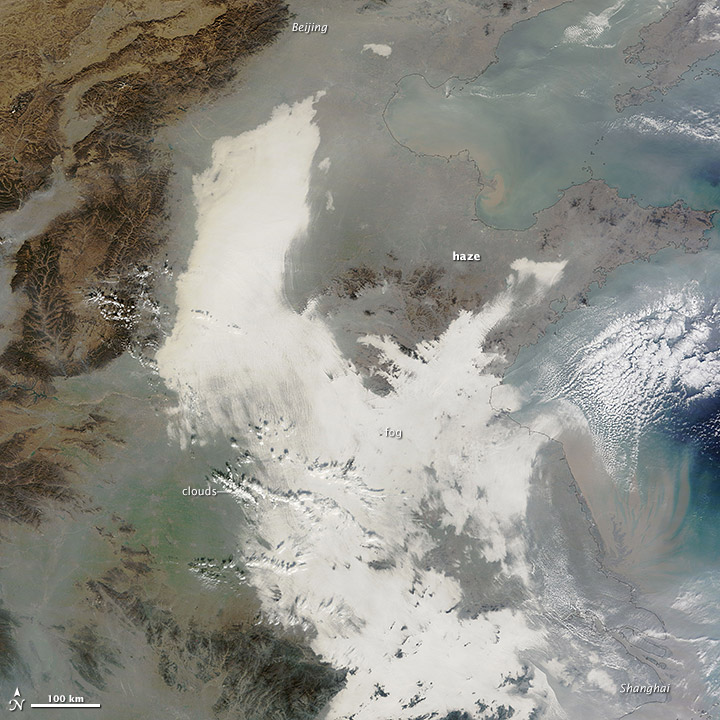
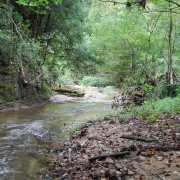
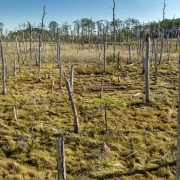
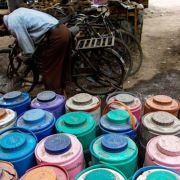


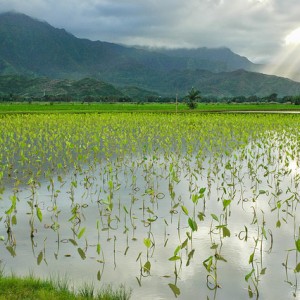
Leave a Reply
Want to join the discussion?Feel free to contribute!